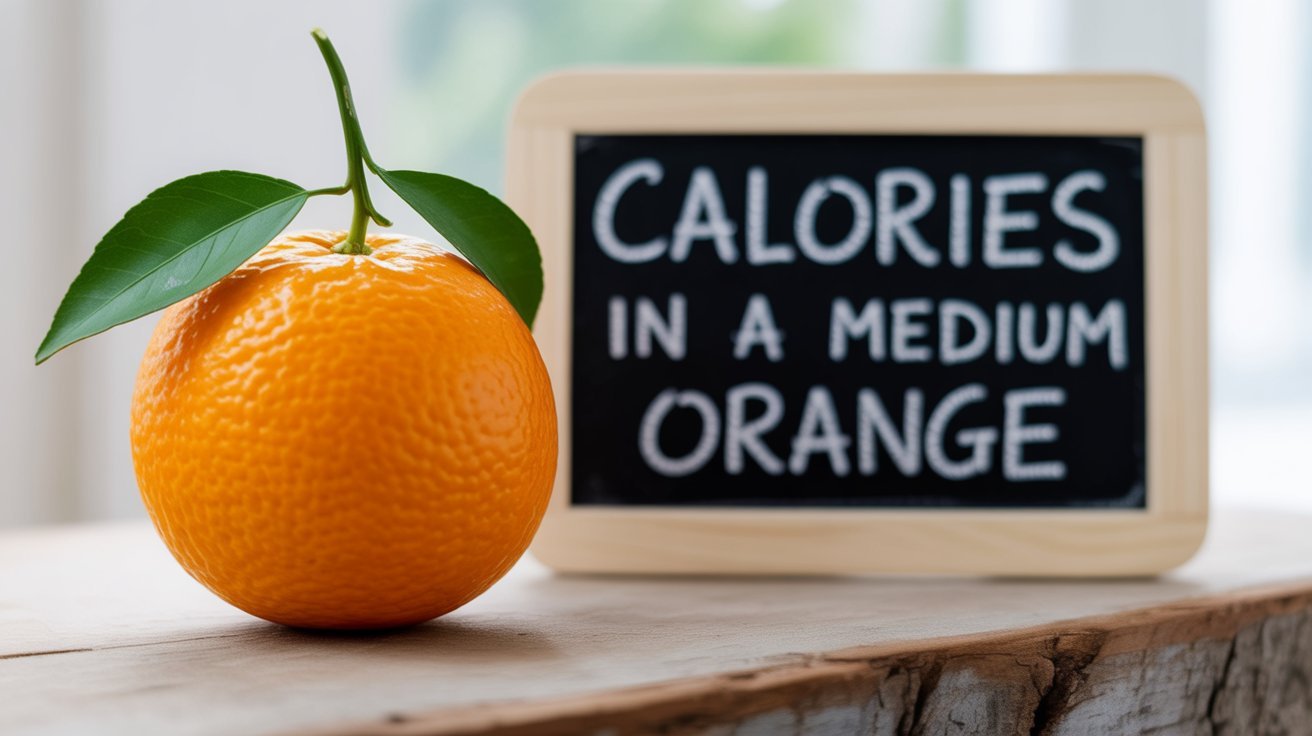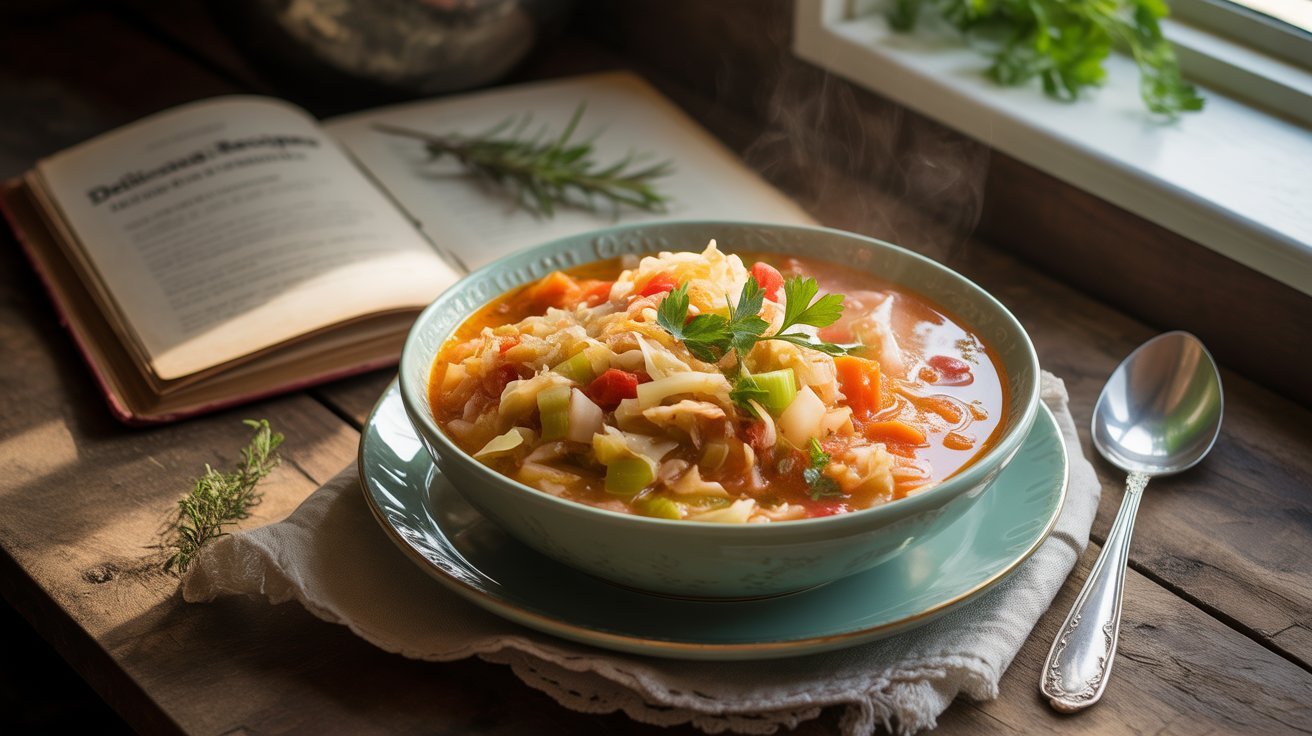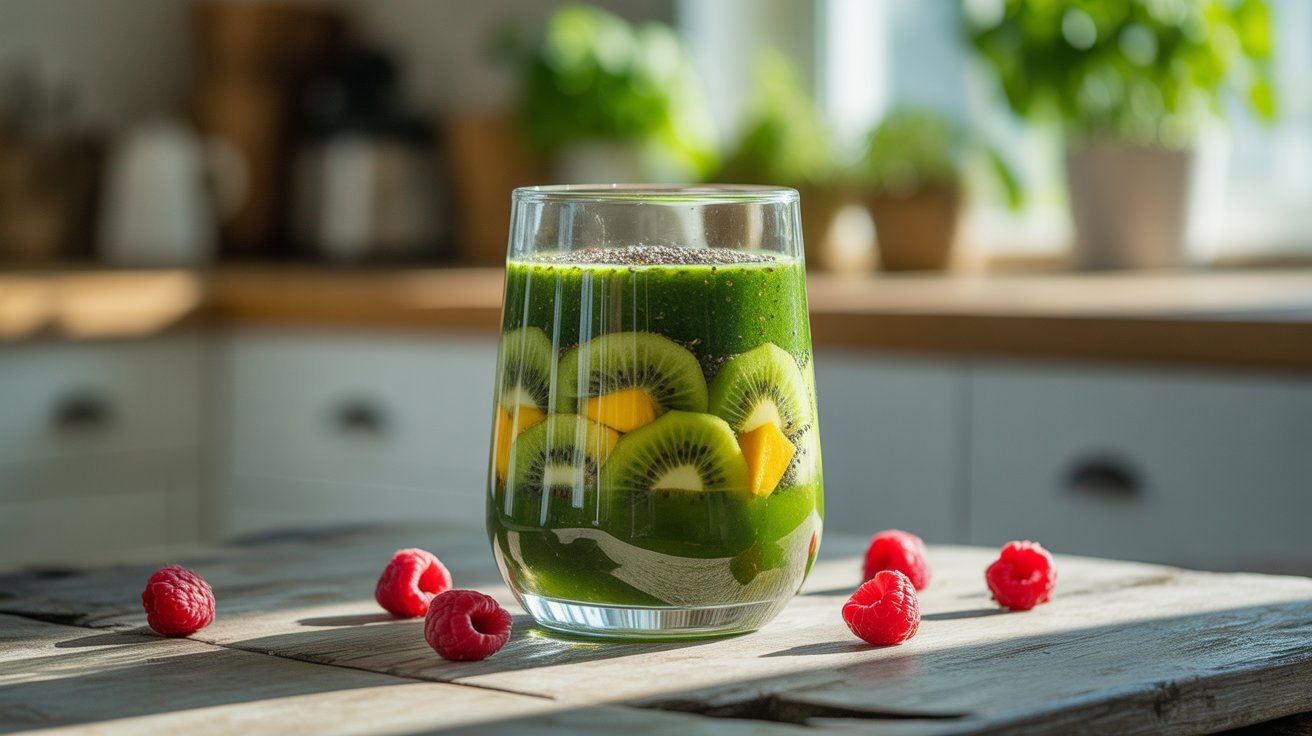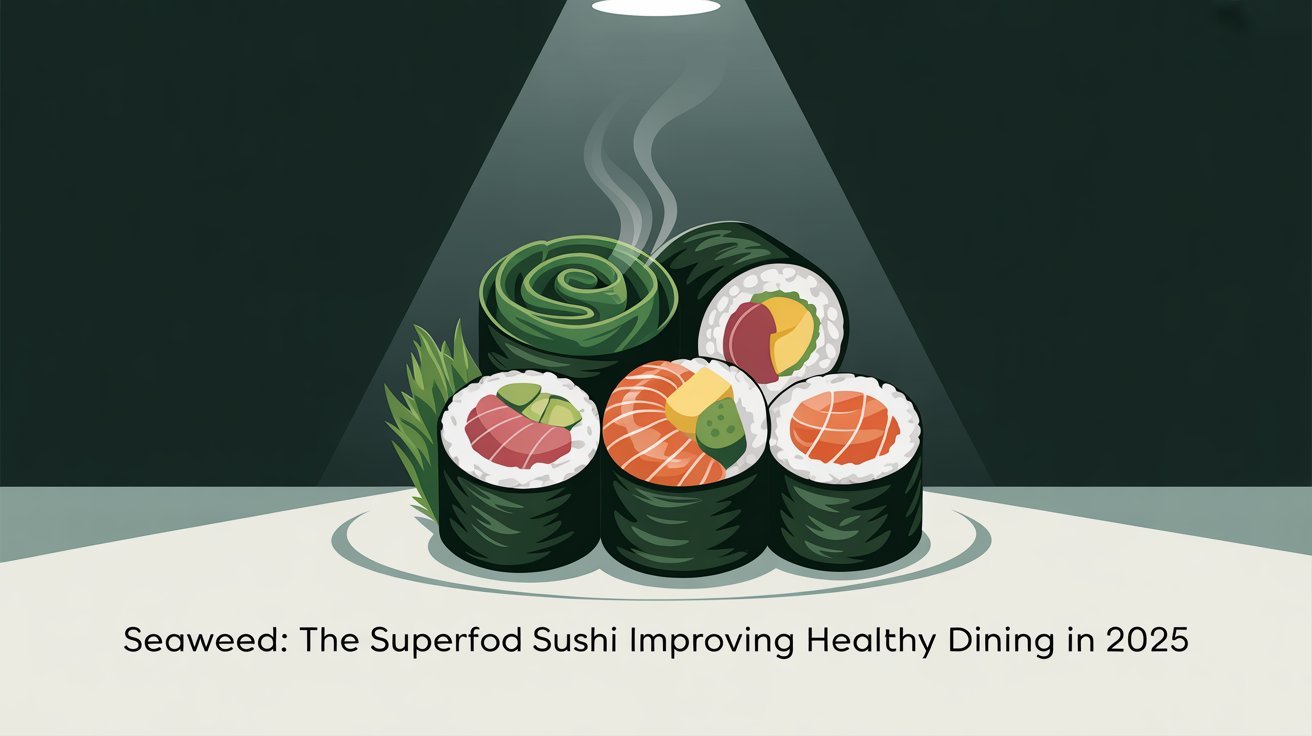Key Takeaways
- A typical medium orange (140–154 g) contains 62–73 calories, mainly from carbs.
- Nutrition varies slightly by variety (navel, Valencia, blood orange) and size.
- Offers fiber, vitamin C, potassium, flavonoids, and hydration with minimal fat.
- Choosing whole fruit vs. juice greatly affects sugar and satiety.
1. How Many Calories in a Medium Orange?
- 62 kcal for ~131 g (USDA standard) The Spruce Eats+8FatSecret+8Nutritionix+8U.S. Food and Drug AdministrationThe Spruce Eats+2PostHarvest Technologies+2Verywell Fit+2
- 73 kcal for a 140 g navel orange cdn.agclassroom.orgVerywell FitHealthline
- 80 kcal for a larger 154 g orange PostHarvest Technologies+8U.S. Food and Drug Administration+8Verywell Fit+8
✅ Takeaway: Expect 60–80 calories per medium orange, depending on exact size.
2. Nutrient Profile Snapshot
| Nutrient | Per 140 g Orange |
|---|---|
| Calories | 66 kcal Healthline |
| Carbs | ~15 g Healthlinecdn.agclassroom.org |
| Fiber | 2.8–3.9 g cdn.agclassroom.orgCalorieKing |
| Sugars | ~12 g cdn.agclassroom.orgHealthline |
| Protein | 1.2–1.6 g HealthlineCalorieKing |
| Fat | 0.2 g Healthlinecdn.agclassroom.org |
| Vitamin C | ~90–100 % DV HealthlineVerywell Fit |
| Potassium | ~230 mg HealthlinePostHarvest Technologies |
3. Size & Variety Variations
- Navel orange (140 g): ~73 kcal Anoka County+5cdn.agclassroom.org+5Verywell Fit+5
- Valencia (96 g): ~45 kcal Wikipedia
- Large orange (154 g): ~80 kcal cdn.agclassroom.org
[IMAGE PROMPT: Top-down photo of three oranges labeled small, medium, large, on a scale showing their weights and calorie values]
4. Whole Fruit vs. Juice
Whole oranges provide fiber and slower sugar absorption.
- One 8 oz glass of juice = ~110 kcal and 20 g sugar TIME+10Verywell Fit+10WebMD+10
- Whole fruit has ~30–40% fewer calories and retains fiber.
- Juice lacks satiety benefits and has higher glycemic impact.
[IMAGE PROMPT: Side-by-side cups—one with whole sliced orange sections, one with juice in glass—highlighting fiber vs liquid contrast]
5. Health Benefits Beyond Calories
- Promotes heart health with fiber, potassium, flavonoids HealthEatingWell+5cdn.agclassroom.org+5Verywell Fit+5
- Immune support: vitamin C & antioxidants The Spruce Eats
- Hydration: ~86% water content The Spruce Eats+2Healthline+2Health+2
- Low glycemic impact: GI ~40 PostHarvest TechnologiesHealthline
6. Tips for Enjoyment
- Snacking: Whole orange vs juice for fullness
- Cooking uses: Add orange segments to salads or dressings
- Storage: Lasts 3–4 weeks refrigerated HealthVerywell FitThe Spruce Eats+1Verywell Fit+1
- Variety: Explore blood oranges, tangerines, mandarins for flavor
7. Frequently Asked Questions
Q: Are all oranges ~70 kcal?
A: Most medium err 60–80 kcal; juice has >100 kcal per 8 oz.
Q: Do oranges have protein?
A: Minimal (1–1.5 g)—not a protein source, but nutrient-rich.
Q: Which variety has highest vitamin C?
A: Navel and blood oranges offer 90–100% DV per medium fruit.
Final Thoughts
A medium orange is a low-calorie, nutrient-dense snack—60–80 calories with fiber, vitamins, and hydration. Whole fruit is preferable over juice for satiety and blood sugar stability. Choose the right size and variety to match your dietary goals.












